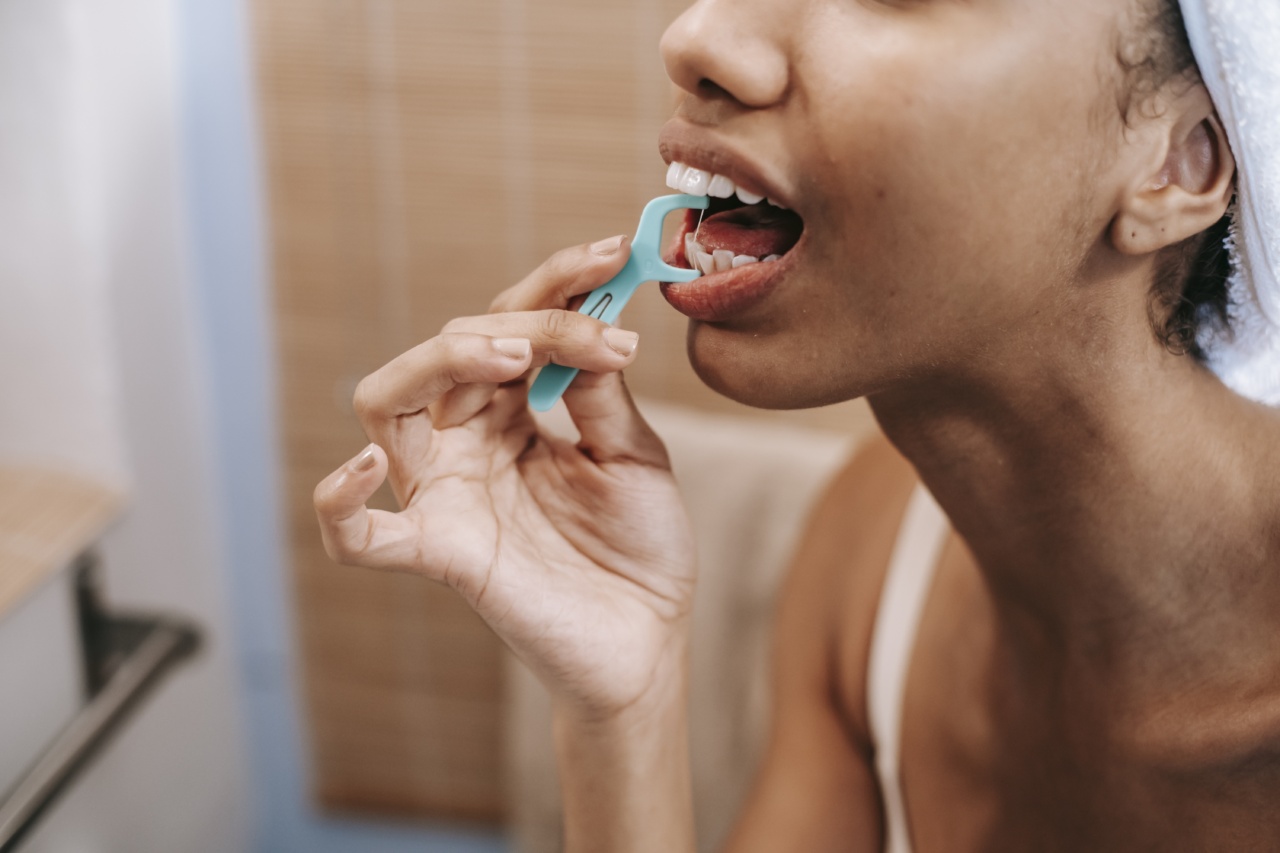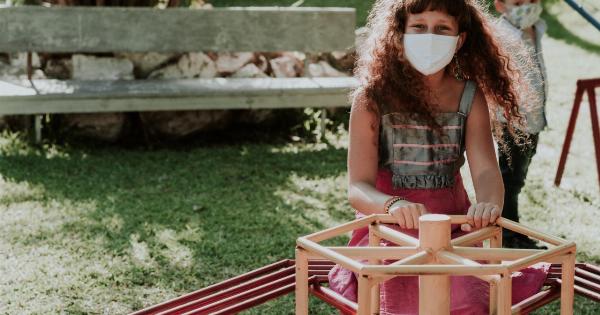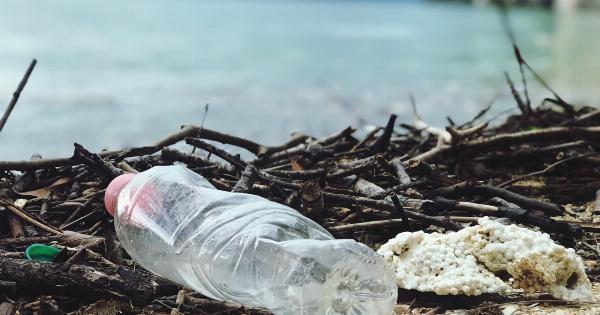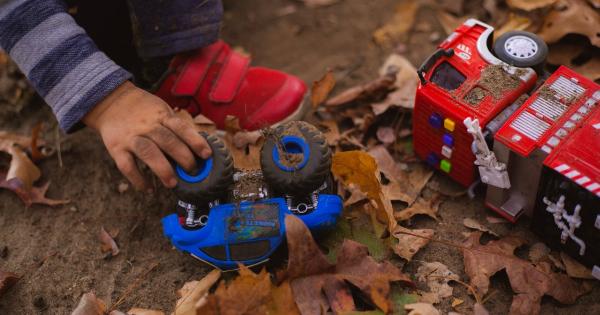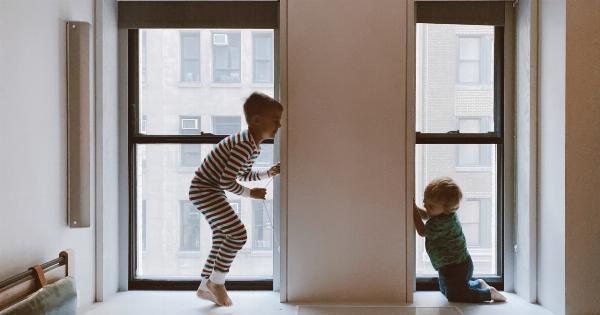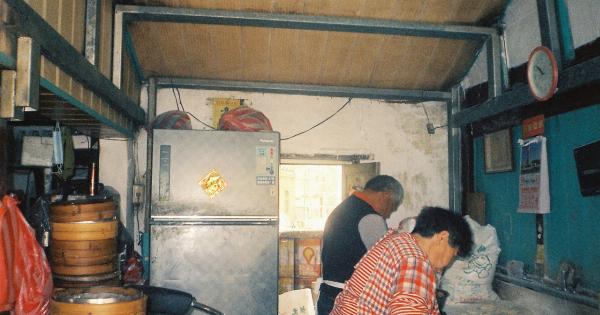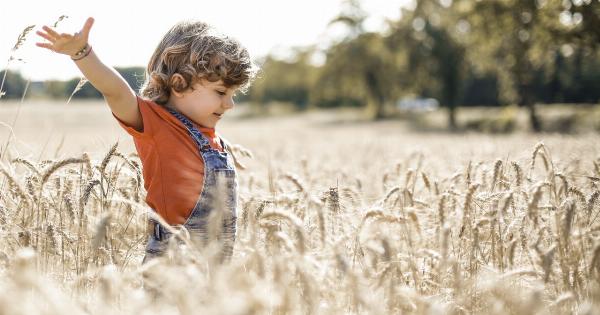As a parent or caregiver, keeping children safe is a top priority. One of the many challenges of raising young children is ensuring that your home is free of potential hazards that could cause them harm.
Unfortunately, toxic incidents can happen even in the most attentive households. Poisoning is a serious emergency that can occur when a child chews or swallows something poisonous, inhales toxic fumes, or comes into contact with hazardous substances.
In this article, we will provide essential steps for preventing toxic incidents and childproofing your home to keep your little ones safe.
1. Identify Potential Hazards
The best way to create a safe home environment for children is to identify potential hazards and take steps to eliminate or reduce these risks. Start by walking around your home and imagining what a curious child might do or touch.
Some common hazards to look out for include:.
- Medications and vitamins
- Cleaning products, including bleach and drain cleaner
- Pesticides and insect sprays
- Alcohol and tobacco products
- Laundry and dish detergent pods
- Insect and rodent traps and poisons
- Sharp objects, such as knives and scissors
- Electrical outlets and cords
- Batteries
Once you have identified potential hazards, take steps to ensure that these items are out of reach or securely locked away.
2. Lock Up Hazardous Products
One of the most important steps you can take to prevent toxic incidents is to store hazardous products out of the reach of children.
Medications, cleaning products, and other hazardous materials should be locked away in a cabinet or storage bin that is inaccessible to children. It is important to keep these items in their original containers, with labels intact, to prevent confusion or accidental ingestion.
3. Keep Poison Control Center Contact Information Handy
It is important to be prepared in case of a toxic incident. Keep the number for your local poison control center and the national Poison Help hotline (1-800-222-1222) handy in case of an emergency.
These resources can provide valuable information and guidance in case of accidental poisoning.
4. Cover Electrical Outlets and Cords
Electrical outlets and cords can be a hazard to young children, who may be tempted to stick objects into outlets or pull on cords. Invest in outlet covers and short-cord devices to keep children safe and prevent electrical injuries.
Be mindful of any cords that could pose a tripping hazard and keep these items out of reach.
5. Choose Safer Cleaning Products
Choose cleaning products that are non-toxic and safe for young children. Avoid using harsh chemicals such as bleach and ammonia, which can be dangerous if ingested.
You can make your own cleaning products using household items such as vinegar, baking soda, and lemon juice, which are safer alternatives to traditional cleaning products.
6. Properly Dispose of Hazardous Materials
When it comes to hazardous materials such as batteries, pesticides, and cleaning products, it is important to properly dispose of these items to prevent environmental contamination and to keep children safe.
Check with your local waste management facility to see if they have any special disposal instructions for hazardous items.
7. Install Smoke and Carbon Monoxide Detectors
Installing smoke detectors and carbon monoxide detectors is a crucial step in preventing household accidents. These detectors can provide early warning in case of a fire or carbon monoxide leak, giving you time to evacuate your home and call for help.
Be sure to test your detectors regularly to ensure that they are working properly.
8. Keep Food and Drink Clean and Safe
Food and drink can be a source of poisoning if not handled or stored properly. Store food at the proper temperature, and be sure to wash and cook food thoroughly to prevent contamination.
Avoid giving children under the age of one honey or foods that may contain honey to reduce their risk of developing botulism. Always supervise children during meal times to prevent choking hazards.
9. Be Mindful of Plant Safety
Plants can be a beautiful addition to any home, but some are toxic and can be harmful if ingested. Be sure to research the safety of any plants you have in your home and keep them out of reach of children.
Common plants that can be hazardous include poinsettias, lilies, and oleanders.
10. Talk to Your Children About Home Safety
It is important to talk to children about home safety and why it is important to avoid touching or ingesting dangerous substances.
Teach children to ask for help if they accidentally come into contact with a hazardous material, and remind them not to eat or drink anything without permission. Praise children for following safety rules and encourage them to be vigilant and aware of their surroundings.
By taking these essential steps to childproof your home, you can help prevent toxic incidents and keep your little ones safe.
Be sure to reevaluate your safety precautions regularly and make changes as needed based on your child’s age and developmental stage.
